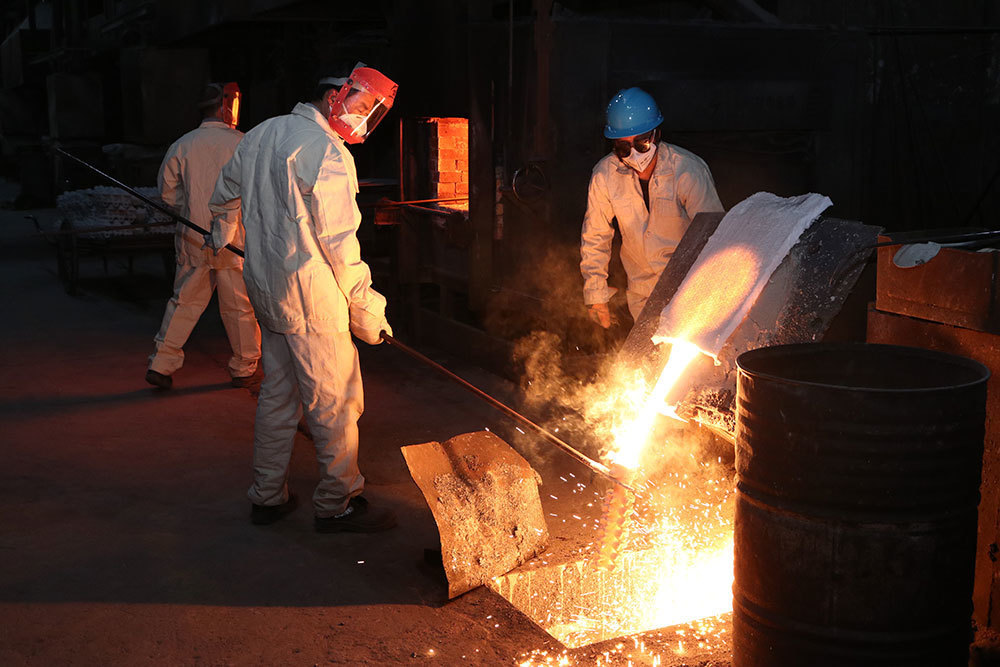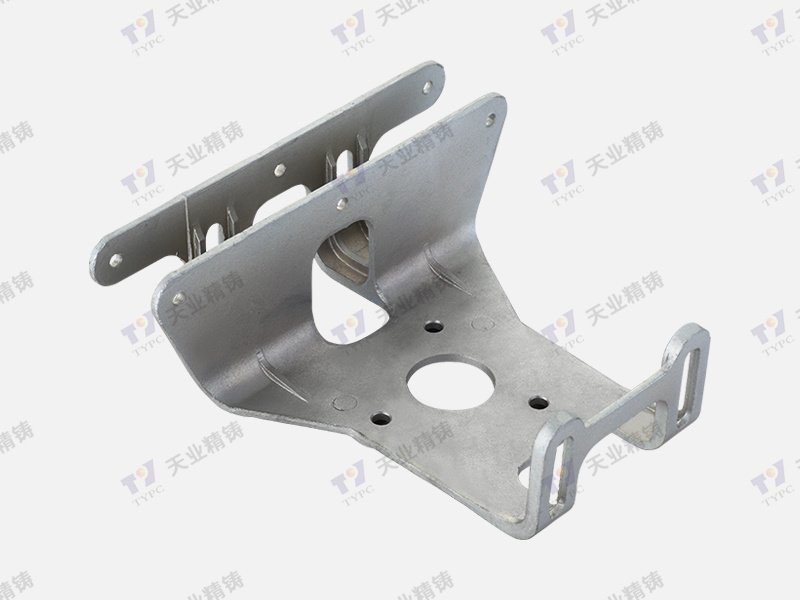2025-04-30
Unlocking the Potential of Stainless Steel Investment Casting in Industrial Components
Stainless steel investment casting is a sophisticated manufacturing process that offers a range of benefits for producing industrial components. This technique, also known as lost-wax casting, allows for the creation of complex geometries with high precision. The process begins with a wax pattern that is coated in a ceramic shell. Once the shell is hardened, the wax is melted away, leaving a cavity that mirrors the original pattern. Molten stainless steel is then poured into the cavity, resulting in a final product that retains the intricate details of the original design.
One of the key advantages of stainless steel investment casting is its capability to produce components with excellent surface finishes and dimensional accuracy. This is particularly beneficial in industries where tight tolerances and high-quality surfaces are essential, such as in the manufacturing of valves, pumps, and other critical components. The smooth surfaces reduce the need for additional machining, thus streamlining the production process and minimizing waste.
Furthermore, stainless steel itself is known for its corrosion resistance, strength, and durability. These properties make it an ideal choice for components that must withstand harsh environments or extreme operating conditions. For instance, parts made from stainless steel investment casting are commonly used in food processing, chemical processing, and marine applications, where resistance to corrosion and wear is vital.
Another significant advantage of this casting method is its ability to produce complex shapes that would be challenging or impossible to achieve with traditional machining methods. This flexibility allows designers and engineers to innovate and create bespoke solutions that meet specific performance requirements. Investment casting also allows for the integration of multiple features into a single component, which can reduce assembly time and improve overall product reliability.
The stainless steel investment casting process is also highly efficient. It allows for the production of large quantities of components with minimal setup time. This capability ensures that manufacturers can respond quickly to market demands without sacrificing quality. Additionally, advancements in technology have further optimized this process, leading to improved consistency and reduced production times.
In conclusion, stainless steel investment casting is a pivotal technique in the manufacturing of industrial equipment and components. Its ability to create precise, durable, and corrosion-resistant parts makes it indispensable in various sectors. As industries continue to seek innovative solutions to enhance performance and efficiency, stainless steel investment casting will undoubtedly play a crucial role in shaping the future of manufacturing. Understanding the benefits and applications of this process can help businesses make informed decisions that drive growth and competitiveness in an ever-evolving market.
One of the key advantages of stainless steel investment casting is its capability to produce components with excellent surface finishes and dimensional accuracy. This is particularly beneficial in industries where tight tolerances and high-quality surfaces are essential, such as in the manufacturing of valves, pumps, and other critical components. The smooth surfaces reduce the need for additional machining, thus streamlining the production process and minimizing waste.
Furthermore, stainless steel itself is known for its corrosion resistance, strength, and durability. These properties make it an ideal choice for components that must withstand harsh environments or extreme operating conditions. For instance, parts made from stainless steel investment casting are commonly used in food processing, chemical processing, and marine applications, where resistance to corrosion and wear is vital.
Another significant advantage of this casting method is its ability to produce complex shapes that would be challenging or impossible to achieve with traditional machining methods. This flexibility allows designers and engineers to innovate and create bespoke solutions that meet specific performance requirements. Investment casting also allows for the integration of multiple features into a single component, which can reduce assembly time and improve overall product reliability.
The stainless steel investment casting process is also highly efficient. It allows for the production of large quantities of components with minimal setup time. This capability ensures that manufacturers can respond quickly to market demands without sacrificing quality. Additionally, advancements in technology have further optimized this process, leading to improved consistency and reduced production times.
In conclusion, stainless steel investment casting is a pivotal technique in the manufacturing of industrial equipment and components. Its ability to create precise, durable, and corrosion-resistant parts makes it indispensable in various sectors. As industries continue to seek innovative solutions to enhance performance and efficiency, stainless steel investment casting will undoubtedly play a crucial role in shaping the future of manufacturing. Understanding the benefits and applications of this process can help businesses make informed decisions that drive growth and competitiveness in an ever-evolving market.









